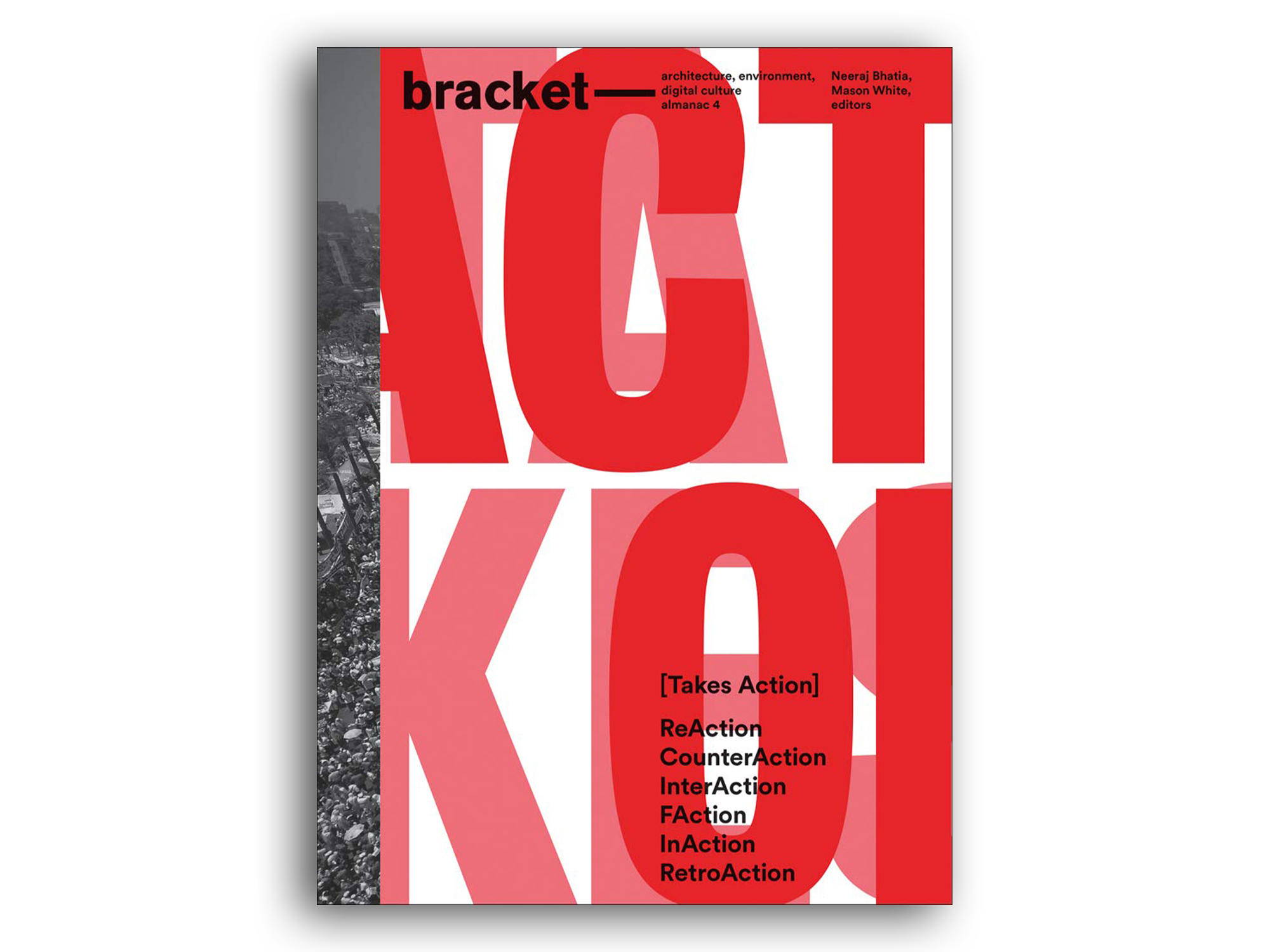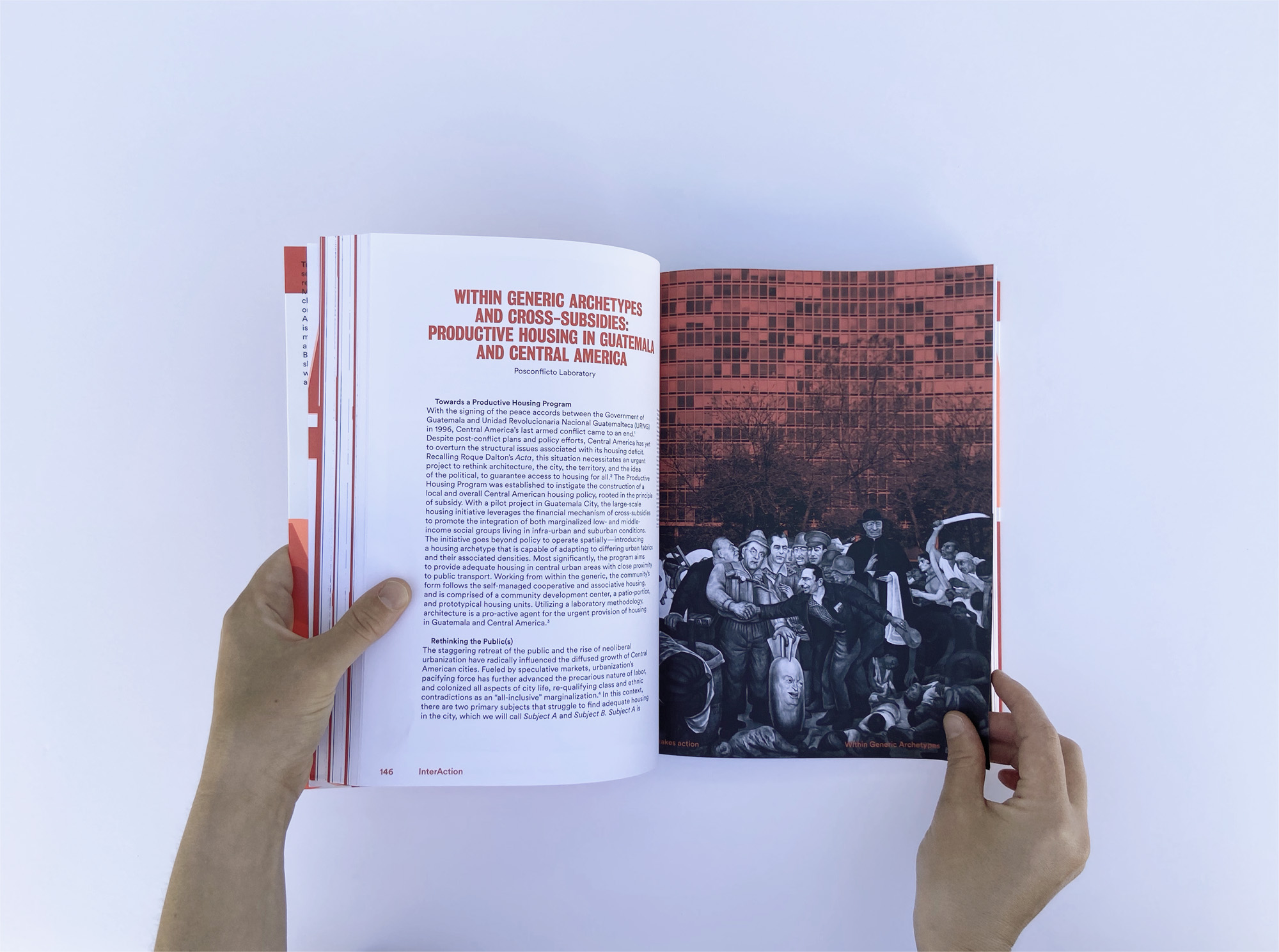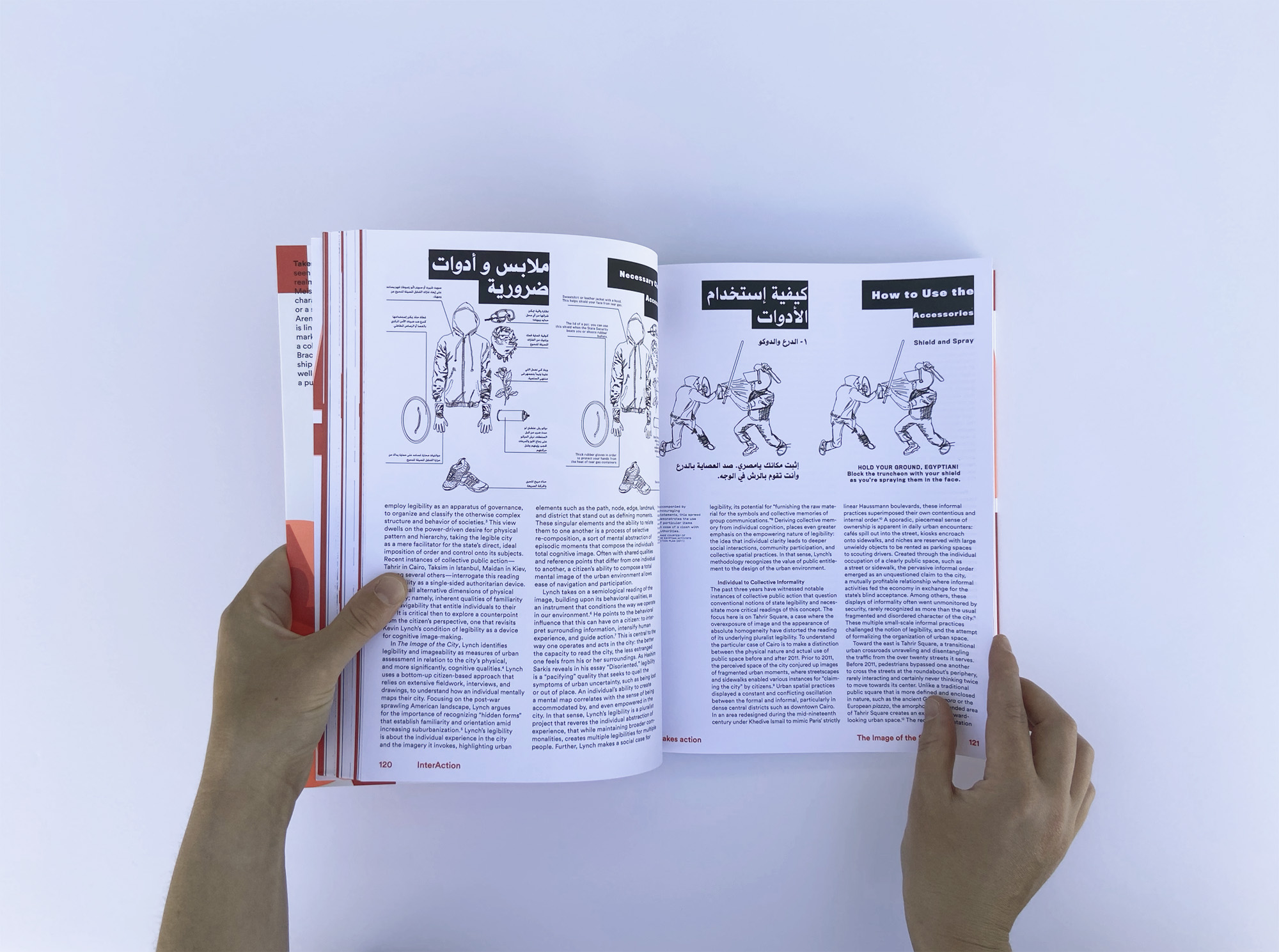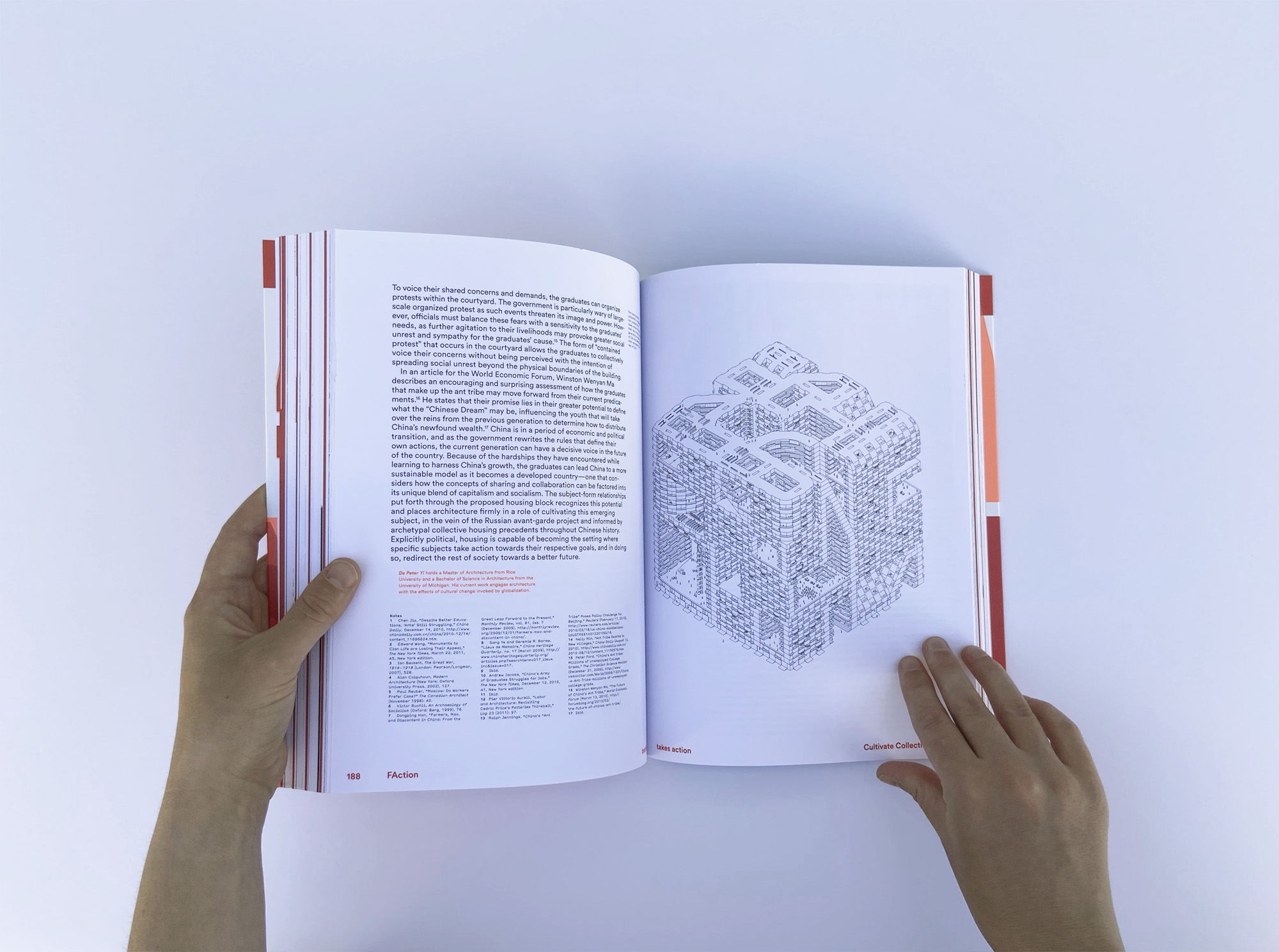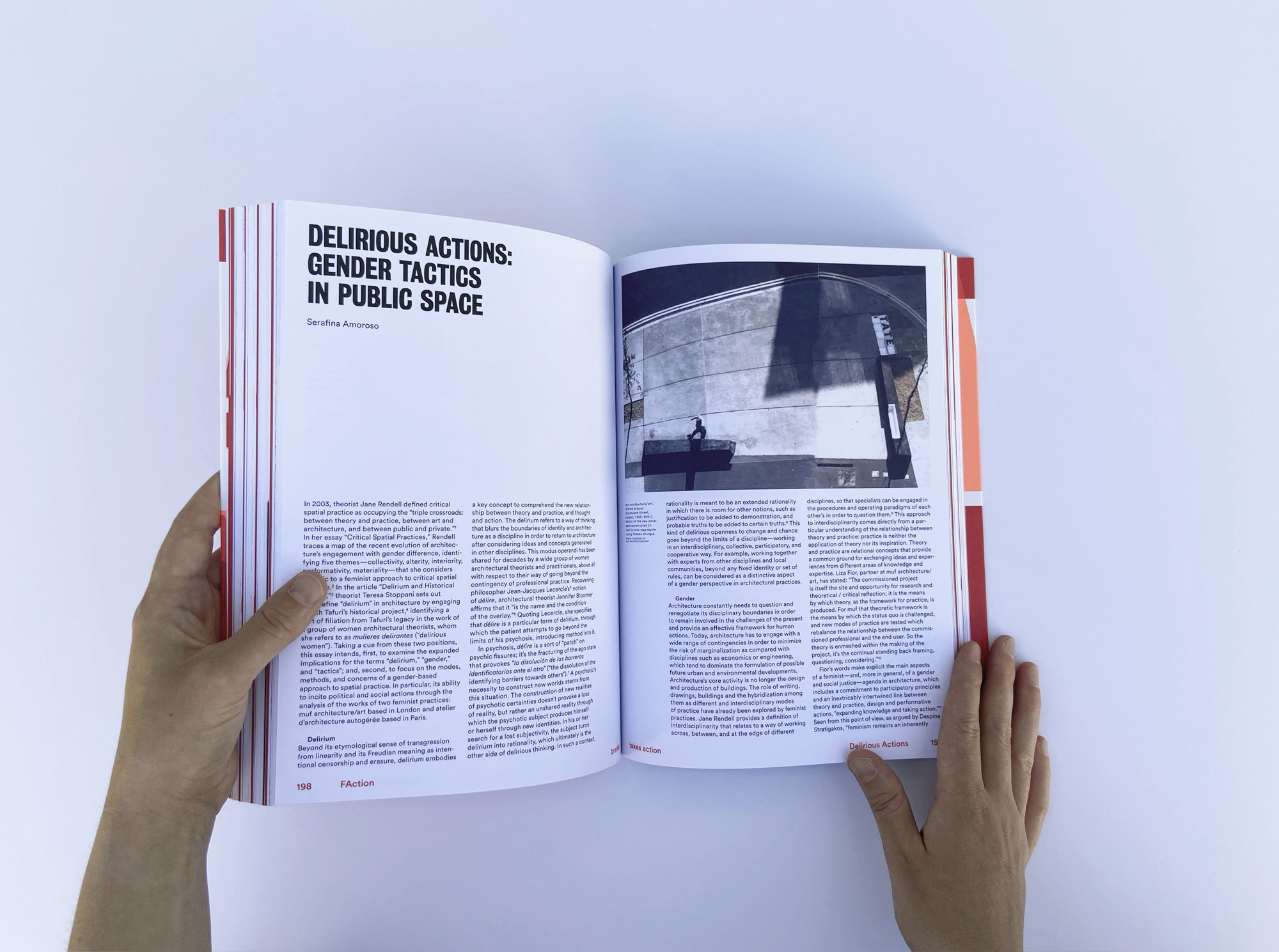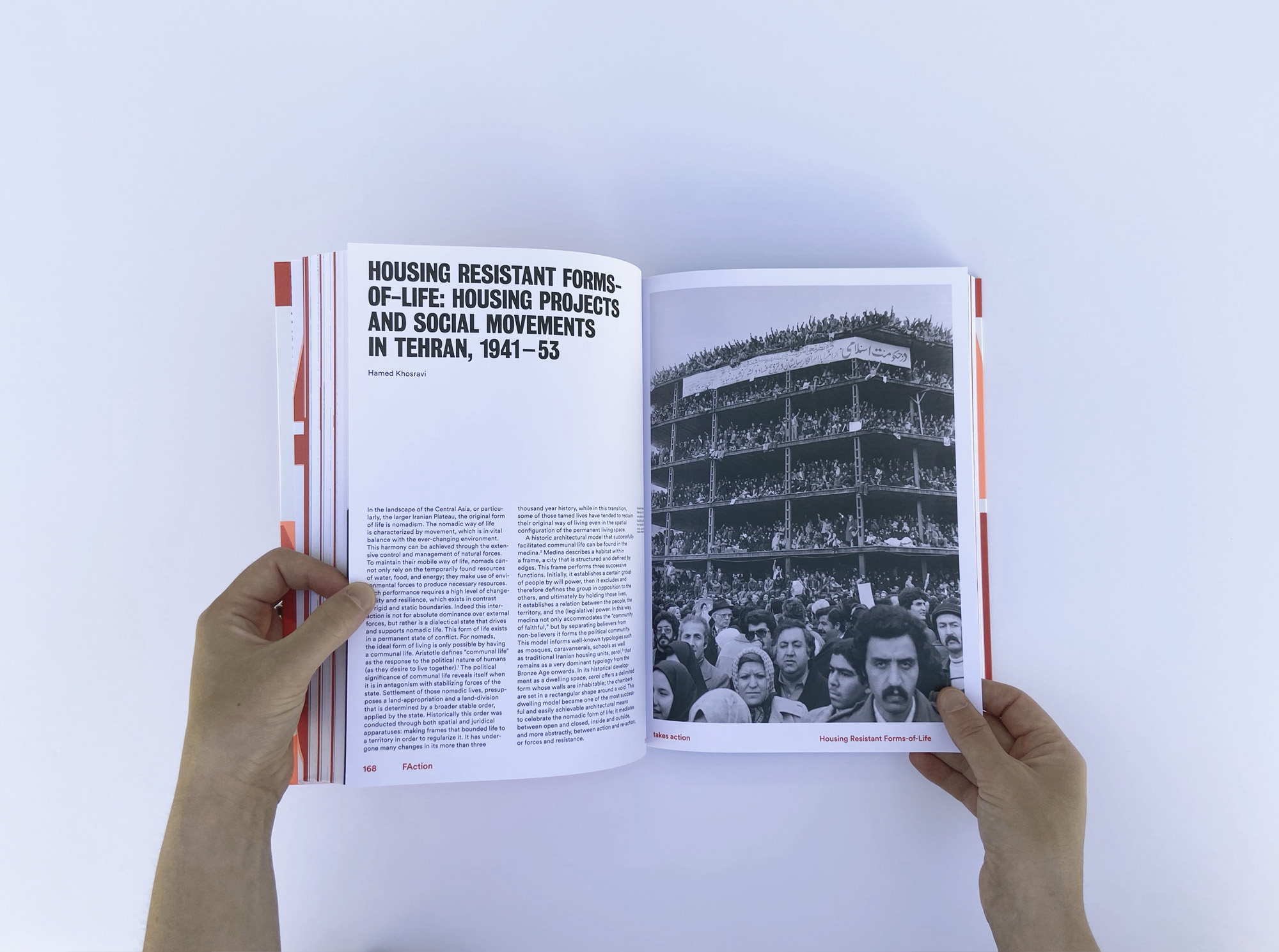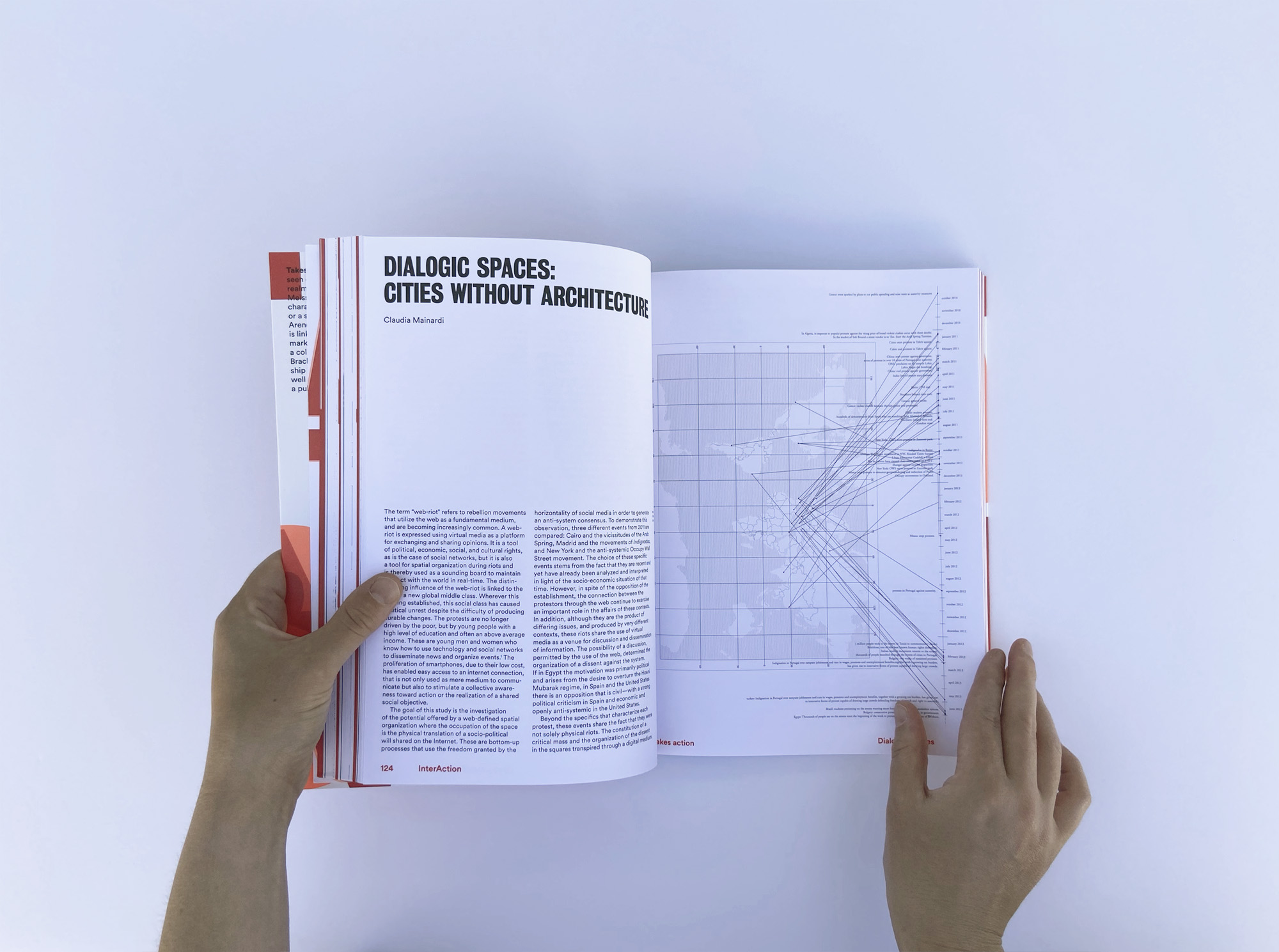Hannah Arendt’s 1958 treatise The Human Condition cites “action” as one of the three tenants, along with labor and work, of the vita activa (active life). Action, she writes, is a necessary catalyst for the human condition of plurality, which is an expression of both the common public and distinct individuals. This reading of action requires unique and free individuals to act toward a collective project and is therefore simultaneously ‘bottom-up’ and ‘top-down’. In the more than fifty years since Arendt’s claims, the public realm in which action materializes, and the means by which action is expressed, has dramatically transformed. Further, spatial practice’s role in anticipating, planning, or absorbing action(s) has been challenged, yielding difficulty in the design of the ‘space of appearance,’ Arendt’s public realm.
Our young century has already seen contested claims of design’s role in the public realm by George Baird, Lieven De Cauter, Markus Meissen, Jan Gehl, among others. Perhaps we could characterize these tensions as a ‘design deficit’, or a sense that design does not incite ‘action’, in the Arendtian sense. Amongst other things, this feeling is linked to the rise of neo-liberal pluralism, which marks the transition from public to publics, making a collective agenda in the public realm often illegible. Bracket [takes action] explores the complex relationship between spatial design, and the public(s) as well as action(s) it contains. How can design catalyze a public and incite platforms for action?
Consider two images indicative of contemporary action within the public realm of our present century: (i) the June 2009 opening of the High Line Park in New York City, and (ii) the January 2011 occupation of Tahrir Square in Cairo. These two spaces and their respective contemporary publics embody the range within today’s space of appearance. At the High Line, the urban public is now choreographed in a top-down manner along a designed, former infrastructure with an endless supply of vistas into an urban private realm. In Tahrir Square, an assembled swirling public occupies, and therefore re-designs, an infrastructural plaza overwhelming a government and communication networks. This example reveals a bottom-up, self-assembling public. But what role did spatial practice play in each of these scenarios and who were the spatial practitioners and public(s)? The contrast of two positions on action in a public realm offers an opening for wider investigations into spatial practice’s role and impact on today’s public(s) and their action(s).
Bracket [takes action] asks: What are the collective projects in the public realm to act on?
How have recent design projects incited political or social action? How can design catalyze a public, as well as forums for that public to act? What is the role of spatial practice to instigate or resist public actions? Bracket 4 provokes spatial practice’s potential to incite and respond to action today.
